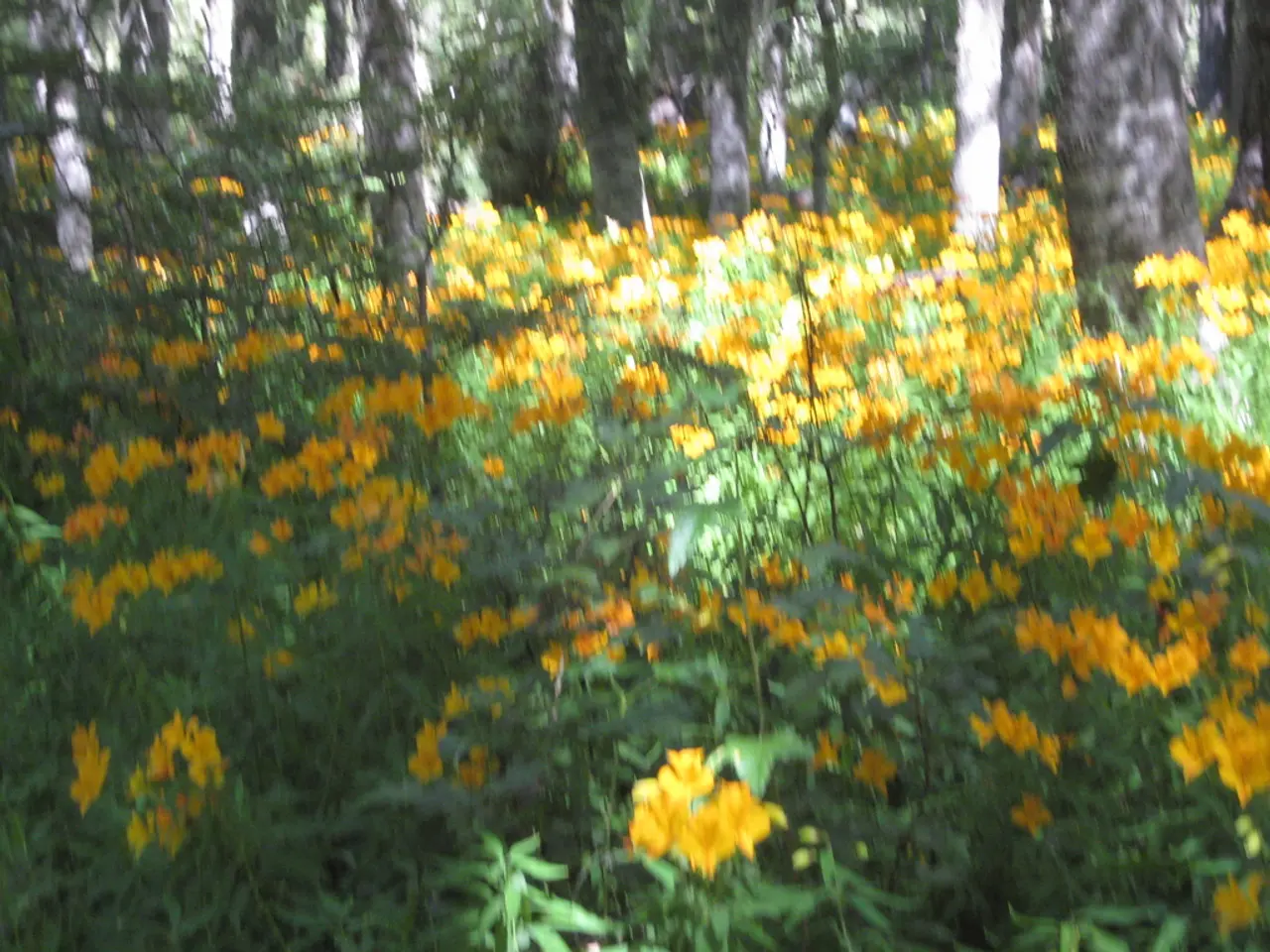Identifying and Resuscitating a Bonsai Tree: Signs of Demise Examined
Bonsai trees, with their miniature and intricate beauty, are a delight to cultivate. However, maintaining these delicate plants can sometimes be challenging, especially when they fall ill. In this article, we'll discuss common signs of sickness in bonsai trees and provide tips on how to revive them.
**Signs of Sickness in Bonsai Trees**
1. **Leaf Yellowing or Falling** - If your bonsai tree is experiencing leaf yellowing or falling, it could be due to underwatering, overwatering, nutrient deficiencies, or pest infestations. Symptoms include leaves turning yellow, wilting, or falling off prematurely.
2. **Pests or Insect Infestation** - Small insects like aphids, spider mites, or mealybugs on the leaves or stems are signs of pest infestations. Leaves may turn yellow, curl, or develop white spots.
3. **Fungal Diseases** - Overwatering or poor air circulation can lead to fungal diseases. Symptoms include black spots, powdery patches (mildew), or a sour smell from the soil.
4. **Root Problems** - Compacted soil, root rot, or root-bound conditions can cause root problems. Leaves may turn yellow, droop, or the tree becomes less vigorous.
**How to Revive a Sick Bonsai Tree**
1. **For Underwatering** - Ensure the soil is moist but not waterlogged. Water thoroughly but avoid overwatering. Check the soil moisture by sticking your finger into it. If dry, water immediately.
2. **For Overwatering/Root Rot** - Repot the tree in fresh, well-draining bonsai soil. Prune any rotten roots. Inspect roots for rot and remove affected parts. Reduce watering until the tree recovers.
3. **For Pests** - Use insecticidal soap or neem oil to treat pests. Rinse leaves gently with water to remove insects. Isolate the bonsai, treat with insecticidal soap weekly until pests disappear, and ensure good air circulation.
4. **For Fungal Diseases** - Improve air circulation and reduce watering. Use a gentle fungicide on affected areas. Remove heavily infected leaves and treat with fungicide. Ensure clean tools to prevent spreading.
5. **For Root-Bound Conditions** - Repot the tree in the next appropriate season (usually spring) with fresh soil. Monitor if the tree has outgrown its pot and provide more space for roots to grow.
**Specific Tips for Reviving Ficus and Gardenia Bonsai**
- Ficus bonsai respond well to efforts to revive them, with the most common problem being overwatering. When reviving a Ficus bonsai, be sure to only water when the top inch of soil begins to dry out. - Relocation and repotting can cause bonsai to lose a few leaves. - Bonsai trees with yellow leaves can indicate overwatering, underwatering, overexposure to sunlight, disease, or lack of nutrients. - Gardenia bonsai are relatively easy to care for and can be revived, with the most common problem being overwatering. When reviving a Gardenia bonsai, check that your plant is getting enough sunlight and look for signs of pests or diseases.
By addressing these issues promptly and providing optimal care, you can help your bonsai tree recover and thrive.
- In the pursuit of bonsai care, it's essential to recognize the signs of sickness in different tree species, such as leaf yellowing or falling in gardenia bonsai.
- It's disheartening when an indoor bonsai becomes ill, but understanding the signs like pest infestations and fungal diseases can help with revival.
- For those who enjoy maintaining outdoor bonsai, it's crucial to monitor trees for issues such as root problems and overwatering, which can affect the health and wellness of your bonsai.
- The science of bonsai is not just about aesthetics; it also involves understanding fitness-and-exercise routines for your plants, like ensuring proper watering and soil drainage.
- Caring for a bonsai is a lifestyle choice that extends to home-and-garden practices like providing appropriate lighting and ensuring a pest-free environment for your gardenia bonsai.





